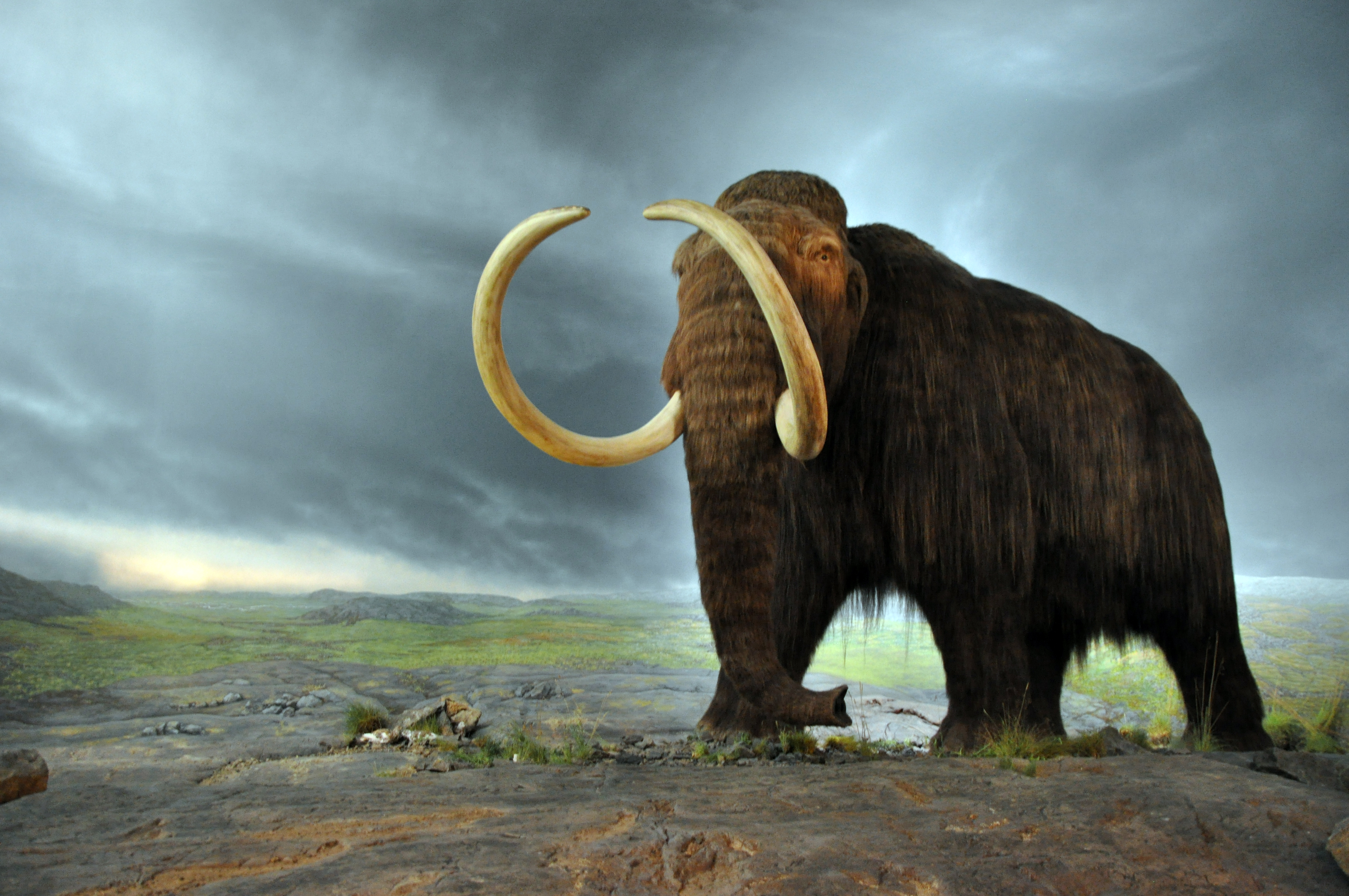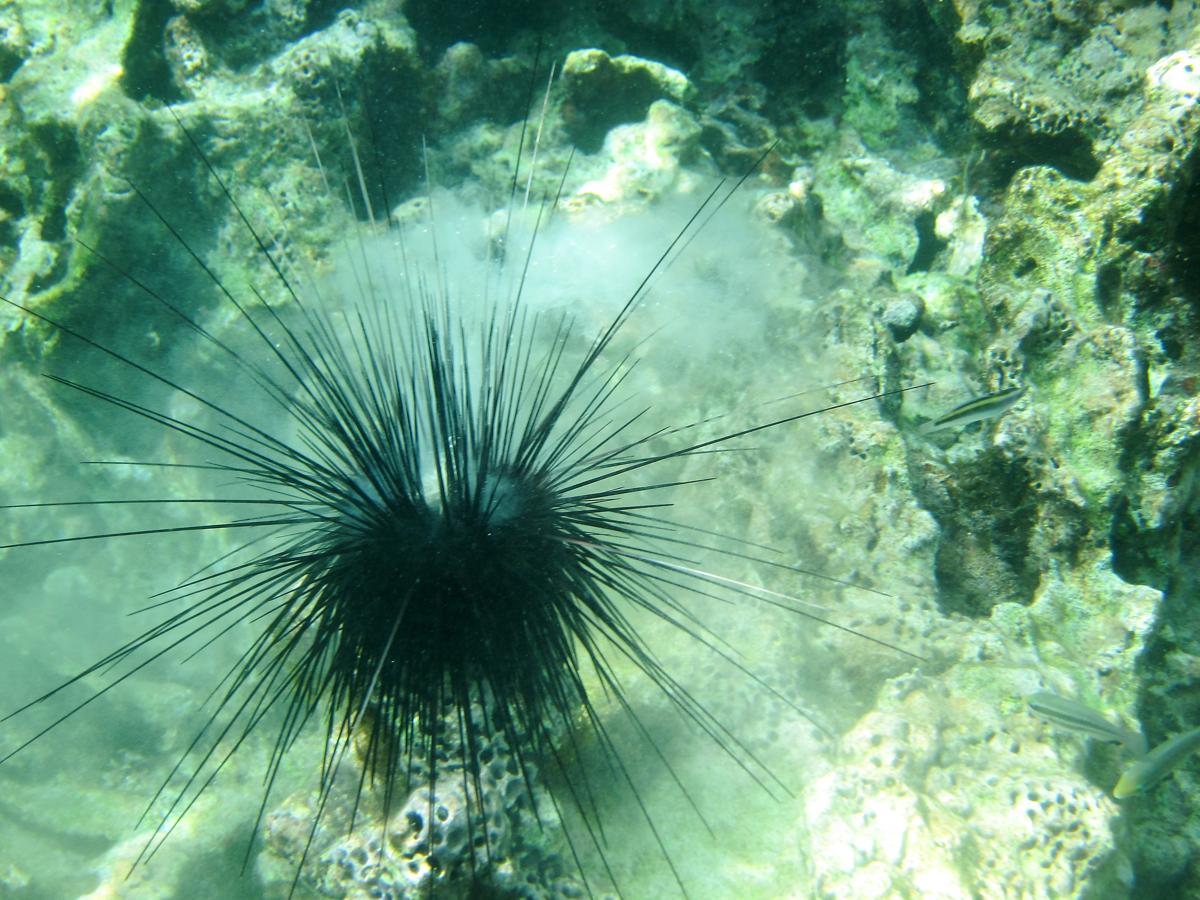Article: Du, Haley, Mix, Walczak, and Praetorius, “Flushing of the deep Pacific Ocean and the deglacial rise of atmospheric CO2 concentrations” (2018), Nat. Geoscience, doi:10.1038/s41561-018-0205-6
The United States released its fourth National Climate Assessment in November this year (2018). Some of the dire warnings within this report remind us why it is important to understand climate change, including what can cause atmospheric CO2 increases.
Another recent publication that also looks at climate change comes from scientists at Oregon State University and the United States Geological Survey, but this time the scientists are discussing climate 19,000 to 9,000 years ago. This was a time on Earth when glaciers were melting and the climate was warming after the ice age of Pixar fame. In addition to being warmer, Earth’s atmospheric concentration of CO2increased by about 80 ppm (parts per million) during this time. For comparison, today’s atmospheric CO2 is ~410 ppm (https://www.CO2.earth/daily-CO2).

It is not known exactly how this CO2increase post-ice age happened, but scientists have found evidence that a large amount of CO2dissolved deep in the Pacific Ocean was released during deglaciation. It is thought that the Southern Ocean, the ocean around Antarctica, played an important role in the CO2release. There are still a lot of unanswered questions though, and many of the ways scientists have previously used to study this phenomena give partially confusing results.

One of these methods, radiocarbon dating, has been used to look at carbon in marine sediments (the mud at the bottom the ocean) to try to understand what causes this CO2spew from the Pacific. To explain a bit more, we should explain a bit about isotopes and radiocarbon. Isotopes occur when one element will have atoms with different numbers of neutrons. Though it sounds trivial, isotopes are used by lots of different types of scientists to investigate questions. A very common isotope that is used in oceanography is radiocarbon. Radiocarbon is a type of carbon atom with 2 extra neutrons compared to normal carbon. The radiocarbon turns into normal carbon at a known rate. This allows scientists to estimate the date of something by comparing the amount of radiocarbon versus the amount of normal carbon, i.e. radiocarbon dating. In the case of this study, the radiocarbon in sediment gives some information of how quickly water at the bottom of the Pacific was moving during this time. However, since there are many sources of radiocarbon to the deep Pacific, and these sources are associated with different ages, this is not always a good indicator of water movement. The Southern Ocean in particular has ‘old’ radiocarbon, which makes radiocarbon at the bottom of the Pacific look older than the water.
To get around this, a team of scientists led by Jianghui Du used a different method to look at how quickly or slowly water moved at the bottom of the Pacific during deglacial times. They examined neodymium (Nd) isotopes present in Pacific sediments from near Alaska. You might know Nd, element number 60, from the strong magnets you can make out of it. In this case, the authors used Nd isotopes to us how fast the water at the bottom of the ocean moved over the sediment. Then, the scientists used radiocarbon dating to figure out how old the water looked when it was moving along the bottom of the seafloor.
The Nd isotopes showed that water movement along the seafloor got faster, while the radiocarbon showed that the seawater was probably partially from the Southern Ocean (the ocean around Antarctica). This might have been because at this point, the Southern Ocean was getting warmer and the sea-ice was melting. The scientists think this means that the Southern Ocean water movement at least partially caused the ‘flushing’ of CO2from the Pacific Ocean into the atmosphere, but making water move faster and eventually make CO2come out from the bottom of the ocean and into the atmosphere.
Why do ocean movements thousands of years ago matter to us today? Well, as the world warms, we see some of the same events happening now as happened in the deglaciation – the Earth is getting warmer and sea ice is melting. But right now we are not sure what the future holds for the Pacific Ocean, which still holds a lot of CO2. Could we expect more CO2 from the Pacific to be released in the future? Or will the oceans and sediments hold more carbon and help mitigate climate change? There is no one answer that all researchers agree on, but hopefully more research in the future will help us know!
I am a PhD student studying sediment geomicrobiology at the University of Southern California. My primary research interests lie deep under the sea studying how microorganisms survive in dark environments and how they interact with chemical cycles in sediment and on earth. When I surface from my studies, I enjoy backpacking, trying to mimic my ridiculous dog, and applying my laboratory techniques in the kitchen.


